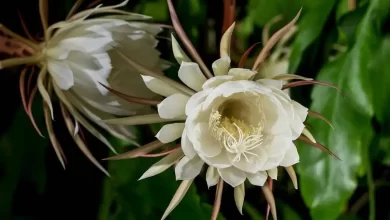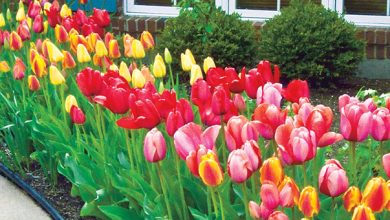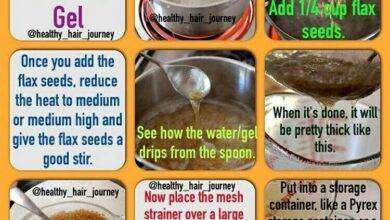How to Plant Mint Step by Step: [Guide + Images]
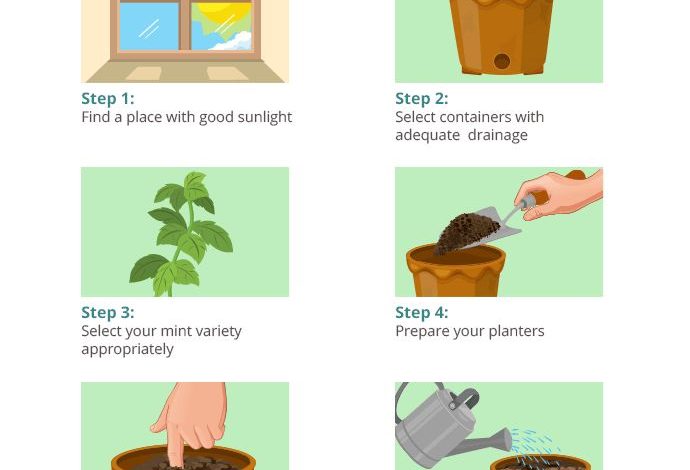
Important Points for Planting Mint:
- When? Preferably during spring, although in very warm regions also in autumn.

- Where? It needs about 4-6 hours of sunlight. In addition to some shade during the afternoon.
- Harvest time? Few months and up to three harvests per year.
- How do we prepare the land? Demanding in terms of nutrients. Well drained loose soil. The optimal pH ranges between 5.8 and 7.0
- How do we water? It requires a lot of moisture. Ideal drip irrigation to maintain this humidity and not flood.
- How do we sow? Here to see the steps.
- How do we harvest? At the end of spring and until the beginning of autumn. Never harvest more than 1/3 of the leaves at a time.
- Favorable associations? Cabbage, cauliflower and broccoli. Beetroot, peas and tomatoes.
- Unfavorable associations? Peppermint, parsley.
- Plagues and diseases? Aphid, powdery mildew, whitefly, rust, atracnose.
If you are looking for asimple and undemanding cultivation, mint is one of the best alternatives.
It is an aromatic herb, like coriander, rosemary, peppermint or oregano, that adapts easily to a wide variety of conditions and spreads very easily.
It is, in addition, its sowing is quite common, due to its medicinal and culinary properties.
Did you know…Did you know that Mint is an excellent anti-mosquito plant?
What do we need to plant mint?
When should it be sown?
We wantsow mint preferably during the spring, although if you live in very warm regions, you can also sow it in the fall.
It can give up to three harvests per year.
Where to plant mint?
It should be exposed to a moderate amount of light to prevent it from drying out easily.
It is recommended that they receive between4 to 6 hours of light per dayand a bit of shade in the evening.
The ideal temperature is between 15 and 30 ºC constant.
How and how often do we water?
 The optimal relative humidity is 70 and 80%.
The optimal relative humidity is 70 and 80%.
Mint requires a lot of moisture. In fact, the more you water it, the more it grows.
The frequency of irrigation will depend on the particular conditions, however, you must always keep the soil moist, avoiding puddles.
In well-drained soils, it can be watered daily.
How do we prepare the land?
 Mint adapts well to a wide variety of soils, although they are not very tolerant to very limestone substrates, or those with few nutrients.
Mint adapts well to a wide variety of soils, although they are not very tolerant to very limestone substrates, or those with few nutrients.
The ideal soil should be loose, very moist and fresh, well drained and with sufficient organic matter.
The optimal pH ranges between 5.8 and 7.0
In terms of nutrients, it is quite demanding. The best natural fertilizers are humus and old manure.
Another recommendation is to plant it in a fairly spacious place, since mint grows very easily and expands in the same way.
Being an easy – to- grow plant, you can plant it in pots. This will allow you to control the temperature and the amount of light it receives.
What are the most favorable associations for growing mint?
 They pair well with cabbage, cauliflower, and broccoli. Mint deters cabbage moths and ants, improves health and flavor.
They pair well with cabbage, cauliflower, and broccoli. Mint deters cabbage moths and ants, improves health and flavor.
It also enhances the flavor of beets, peas and tomatoes.
They do not associate very well with other varieties of mint, such as spearmint, or with parsley.
How to plant mint step by step
1) Get mint cuttings to plant.
It is recommended to plant mint from cuttings of another plant, since it is very difficult to grow it from seed.
Cut a mint branch of about 1 cm and place it in a glass of water.
Within a few days, roots will begin to emerge. When these reach an acceptable length, you can plant it in your pot or garden.
2) Clear the ground.
It removes weeds and remains of previous crops and all kinds of residues to ensure that the mint receives the correct amount of nutrients.
All plants must be pulled out by the roots to prevent them from growing back.
3) Prepare the ground.
Moisten the soil before planting. This will facilitate the root development of the cuttings.
Likewise, if you decide to sow seeds, the moisture in the soil will prevent the seed from moving easily.
Fertilize the soil. Spread a layer of humus over the soil.
4) Insert the cutting into the soil.
Bury it 5 cm deep, ensuring that the soil is flush.
If you sow seeds, bury them no more than 3 centimeters deep and cover them lightly.
If you plant outdoors, try to keep a separation distance of between 15 and 30 centimeters between each plant.
5) Water frequently.
Make sure that the soil is always moist, but without producing puddles.
6) Prune your plants regularly.
You must cut the upper part of the plant to prevent it from growing vertically and thus stimulate its foliage.
You’ll also need to cut back the flower buds to keep the plant compact, otherwise your plants can spread out of control.
7) Divide the bushes.
Since mint grows very easily, it is recommended that you divide it among several plants, from time to time.
To do this, carefully pick up the plant from the roots and divide it into two or three plants.
Plant each one 5 cm deep and make sure to water it abundantly.
Preferably, carry out this process during the month of April. You can divide your plants every 3 or 4 years.
8) Protect your plant and give it good maintenance.
Check your plants regularly; this to prevent them from contracting pests and other diseases.
You can apply a fungicidal spray to counteract mildew.
You can also put up a chain link mesh to protect the plants while they are growing.
Although it is not essential, you can feed your mint with an organic fertilizer, such as worm castings, to ensure that it has the necessary nutrients.
To know more, you can see: Mint cuttings.
How we harvest mint
 You can harvest fresh leaves fromlate spring to early fall.
You can harvest fresh leaves fromlate spring to early fall.
Cut fresh branches to use directly.
Never harvest more than 1/3 of the leaves at a time.
Common pests and diseases
Some of the most common pests and diseases that affect mint are:
aphids
To combat them, potassium soap can be applied to the underside of the plants.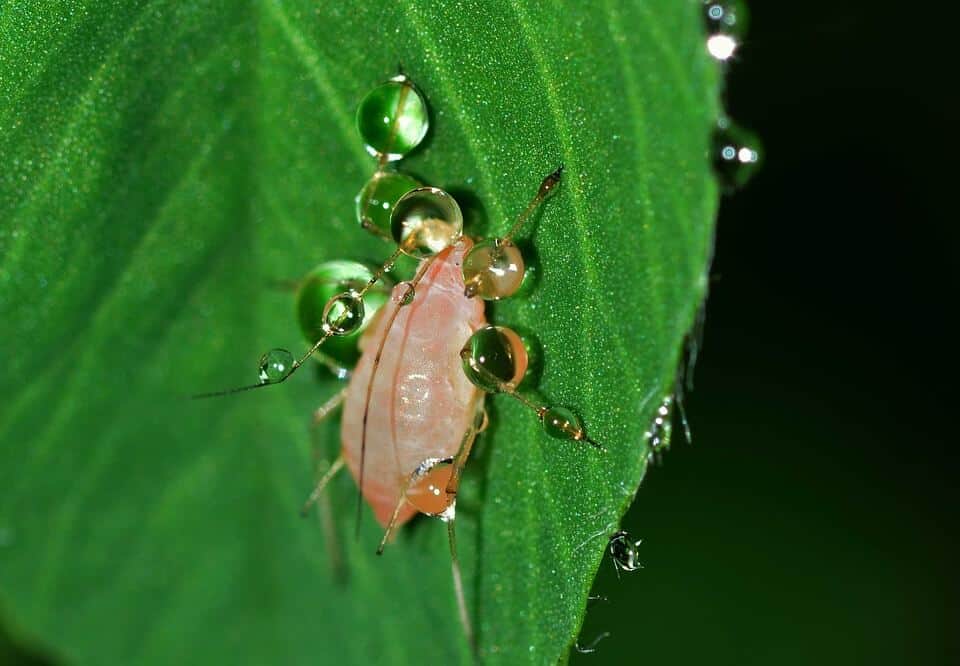
If the aphid persists or is very abundant, we will also apply neem extract.
White fly
They cause yellowish spots on the leaves.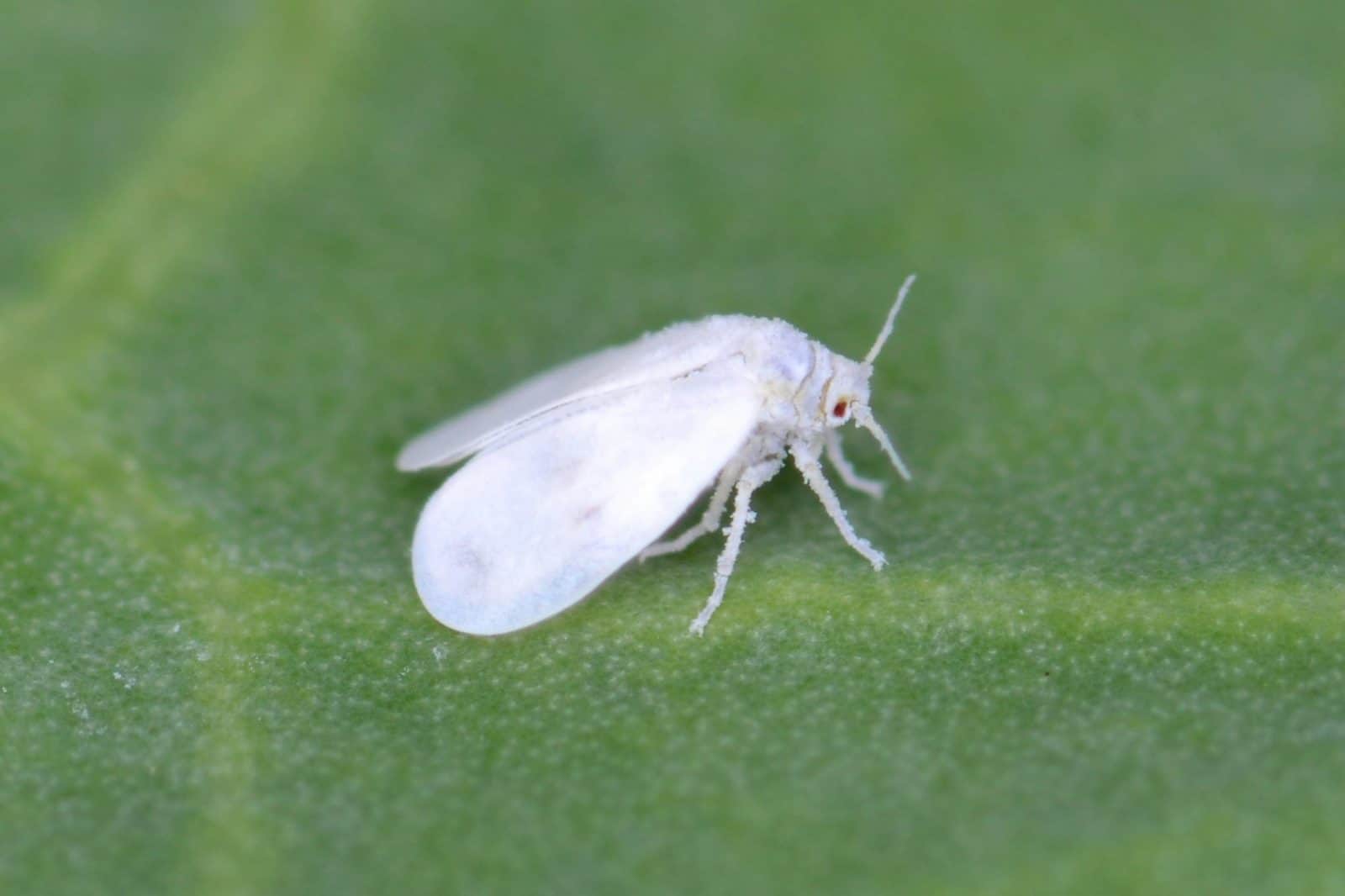
To prevent them, it is recommended to spray the underside of the leaves with 1% potassium soap with rain or distilled water.
Rust
It attacks the aerial part of the plant, mainly the leaves and stems, where red or orange powdery masses appear.
The recommended treatment is based on trichoderma, an antagonistic fungus. You can also make uses of horsetail.
powdery mildew
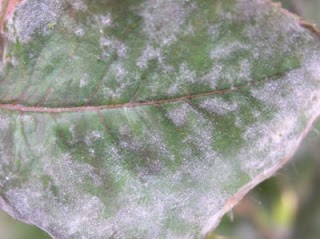 It is best to install a drip irrigation system and apply horsetail as prevention.
It is best to install a drip irrigation system and apply horsetail as prevention.
It also works to eliminate weeds and crop debris, as well as promote ventilation of the crop.
anthracnose
It is a plant disease in very humid substrates.
It causes spots on the leaves and necrosis on the stems, which often lead to wilting and death of the tissues.
To prevent it, it is recommended to install a drip irrigation system and apply horsetail. As well as favoring the good ventilation of the plants.

![Photo of How to Plant a Bonsai: [Steps, Growth, Care and Cuttings]](https://www.complete-gardening.com/wp-content/uploads/2022/08/how-to-plant-a-bonsai-steps-growth-care-and-cuttings-390x220.jpg)
